My first exposure to Maven was at the Gunwerks L201 Advanced Long Range Shooting Course (reviewed here). On the range, helping us spot out to 1,440 yards, were half a dozen spotting scopes from a well-known manufacturer plus one standout I had never heard of. One look through it and I knew I had been missing out.
By complete coincidence, a couple weeks later Maven contacted TTAG to see if we’d be interested in borrowing an S.1A (angled) or S.1S (straight) for review. Why yes, yes we would. The day it arrived was one day before a full moon, so I took the S.1A outside for a looksie.
Yup, there’s the moon! A cheap tripod, my cell phone (a Galaxy S7, if you’re curious), and the Maven’s 50x zoom netted me a handful of great photos. Click that picture to enlarge it. The detail — especially at the lower right edge of the moon with all of those craters — is pretty spectacular. Especially given that the photo was taken by a cell phone hand-held to a spotting scope ostensibly made for hunting.
Lander, Wyoming-based Maven achieves these stellar results with first-rate optics. That includes an 80mm fluorite glass objective lens — the best Japan makes (which is extremely good) — Schmidt-Pechan prisms, and a five-group, seven-element eyepiece. Lenses receive a flat multi-coat plus an oleophobic (oil repelling) coating.
It’s all assembled inside a magnesium and polymer frame, which is covered with a rubberized armor coating that looks and feels great.
If you hop over to Maven’s optics builder site, you’ll find that the company will custom-build its binoculars and spotting scopes in a whole mess of different colors and patterns, with nearly every component available for customization. What’s more, each component has at least a couple color choices that are included at the standard price.
 While a custom-built Maven will take up to four weeks to arrive at your door, they also stock a handful of design options in each product that can ship right away.
While a custom-built Maven will take up to four weeks to arrive at your door, they also stock a handful of design options in each product that can ship right away.
Nearest to the eyecup is the zoom ring, which allows for smooth transition from 25x to 50x and anywhere in-between. Near the center of the scope, right by the tripod mount to limit touch-induced wobble, is the large focus ring. The machining and checkered texture of these rings is spot-on.
A twist of the eyecup extends it through four positions, thus ensuring one’s eye can be in the 17-18mm sweet spot regardless of glasses or caveman brow.
On the other end of the Maven is an extendable sun shield. This piece simply slides in and out to shade the objective lens when needed. The inside of the housing is threaded for the use of any standard 82mm lens filter, such as UV or polarized filters, and for lens cap attachment.
Rocks at 130 yards at 25x.
At 50x.
Targets at 100 yards at 25x.
At 50x.
Car at 400 yards at 25x.
Nick setting up targets on said car at said 400 yards, unaware a paparazzo was onto him at 50x.
Orange square targets at 500 yards, white squares at 750. I believe the zoom was at 25x or at least in the bottom half of the range, but don’t recall exactly (this was taken during the Gunwerks class).
Please note: these photos were taken with my cell phone held up to the eyepiece. They turned out pretty well, but they do not do the Maven S.1 justice.
The colors aren’t as good as the real thing, the clarity and focus aren’t as sharp and the edge-to-edge crispness isn’t evident. That phone camera is decent, but it simply can’t do what the human eye can and struggles with a 1.6mm exit pupil (it’s 3.2mm on 25x and 1.6mm on 50x).
Compared to the 27-60x spotting scopes from another well-known manufacturer, which have an MSRP just $100 less than the Maven, the difference was very apparent. Though I would have never complained about the other scopes and they served their purpose admirably during the Gunwerks class, the Maven was simply sharper with better color.
When it came to seeing the result of hits on steel at and beyond 1,000 yards, it was easier with the S.1, despite its lower maximum zoom, than it was with the other scopes. That slight fuzziness or haze to the clarity of the others suddenly became apparent when compared against the Maven. In fact, in many cases we were able to see impacts through the Maven that couldn’t been distinguished through the others.
I own a plenty functional spotting scope myself. It has a 65mm objective lens, extra low-dispersion glass, and a 15-45x zoom. MSRP of $449. While I think it’s a very solid optic for the price, its performance really doesn’t compare to that of the Maven.
Heck, even on looks my five-year-old daughter could tell you with 100% certainty, within two seconds, that the S.1 is the nicer product. Its fit, finish, machining, and design are all spectacular. Though it does weigh 13 ounces more than my scope.
A Maven S.1, whether angled or straight, will set you back $1,890 if you buy a demo unit, $2,100 for a brand new one in any of the included color configurations, or up to $2,390 should you deck it out with the most expensive of every possible option, including custom engraving. At this price point there’s no shortage of very nice options, but I don’t think any look or feel as nice as the S.1.
And its beauty is way more than skin deep. Maven’s S.1 performs with extremely high quality parts and flawless fit and finish. The end result is a rugged, quality optic with fantastic image clarity that’s just as comfortable ogling the moon as glassing an elk.
Specifications: Maven S.1A Spotting Scope
Magnification: 25-50x
Obj. lens diameter: 80mm
Exit pupil: 3.2mm-1.6mm
FOV: 2.2°-1.6°
Apparent FOV (FOV x Power): 55°-80°
Field of view (ft/1000 yds): 115.2ft-83.8ft
Brightness: 10.24-2.56
Twilight factor: 44.7-63.2
Multi Position Eyecups Y/N: Yes
Eye relief: 17mm-18mm
Eye Piece Construction: 5 group 7 element
Near focus: 5m
Dimension WxHxD: 14.9″ x 6.3″ x 3.9″
Weight: 64.5 oz
Prisms Type: Schmidt–Pechan
Prism reflective Coating type: die-electric mirror coating
Phase Correction coating: Dielectric coating
Lens Coating: Oilphobic+flat multi
Pressure tested to what pressure: 1m for 30 min. (IPX7)
Storage temperature: -40°F~158°F
Functional temperature: -13°F~140°F
Frame Material: Magnesium / Polymer
Internal Gas Purged: Nitrogen
Objective filter thread: 82mm
Focus System: Vari-speed focusing system
Lens type: Fluorite Glass
Price: $2100
Ratings (out of five stars):
Fit and Finish * * * * *
It’s hard to imagine improving on the Maven’s fit and finish.
Optics * * * * *
I don’t think anything beats it in this price range. Apparently that’s because Maven only sells direct to consumer. The contention is that, without a couple of distribution and retail layers, the purchaser pays fewer peoples’ profits.
Customize This * * * *
While there isn’t much that can be done with the end product — it doesn’t have swappable eye pieces, as some scopes do — a buyer can choose from many thousands of potential color and camouflage patterns and even have it custom engraved by the factory.
Function * * * *
It’s in-line with the high-end competition, but 64.5 ounces can still be a lot of weight to lug around on a hunt. I’d prefer some sort of captive flip caps to protect the lenses instead of a standard, camera-style lens cap on the objective and a slip-on rubber cup on the eyepiece. Other than these two points, the zoom ring, focus ring, and eyepiece adjustment all functioned beautifully. Smooth, solid, and confident.
Overall * * * * 1/2
If you can afford one, afford one. If you need one. And every shooter should own a spotting scope. With the Maven S.1A, I can clearly see .17 HMR holes on paper at 100 yards. Its optics are crisp and sharp, clear from edge to edge, with great color and brightness. The S.1’s quality is immediately and obviously apparent, even before you look through it. It’s a heck of a spotting scope.

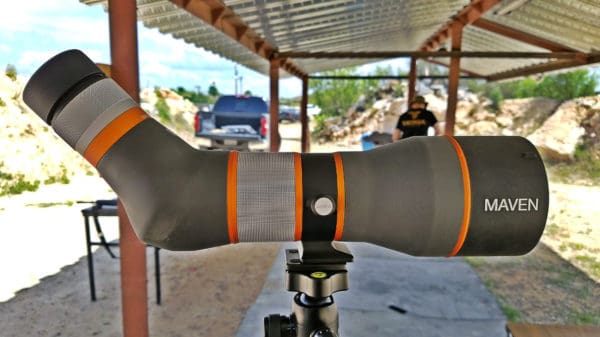
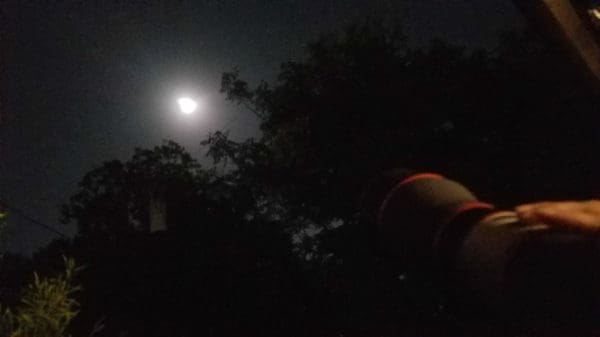
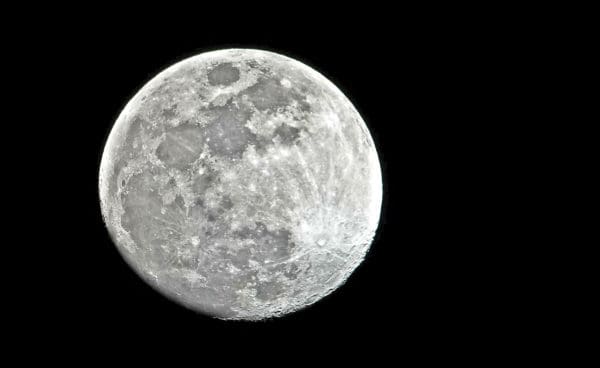

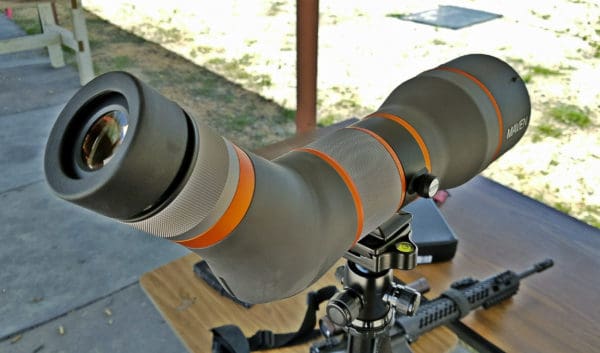
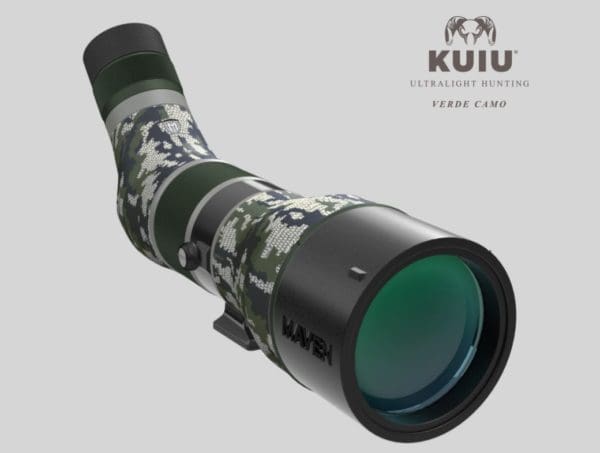
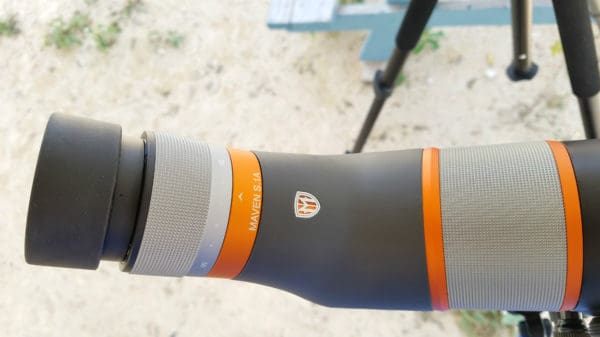
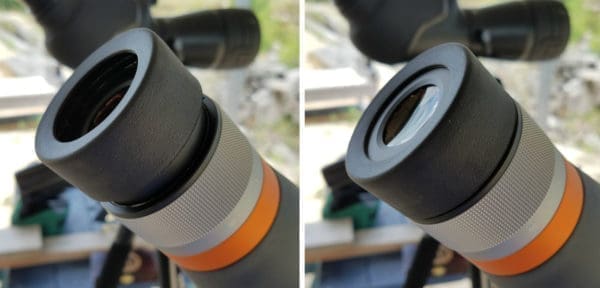
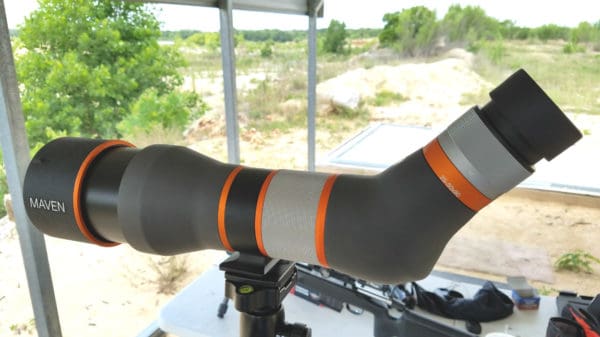



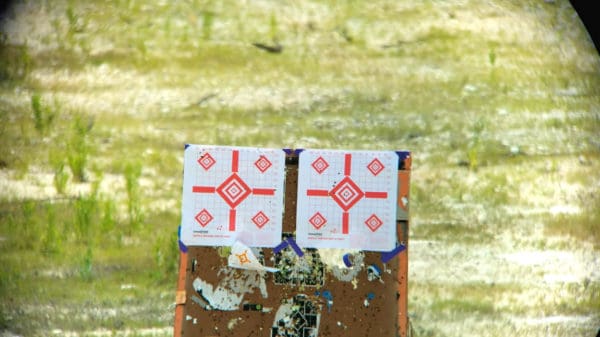



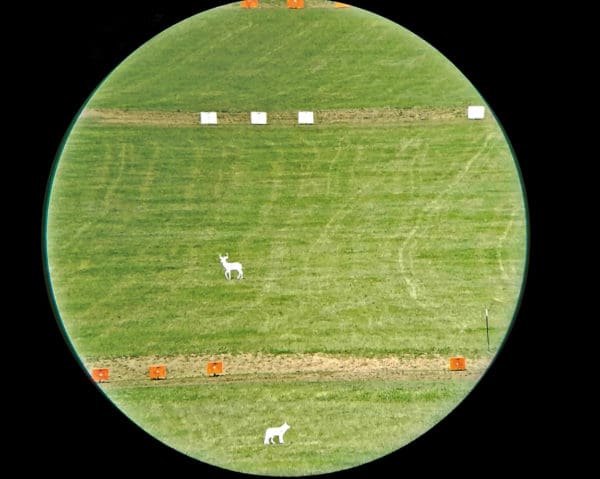
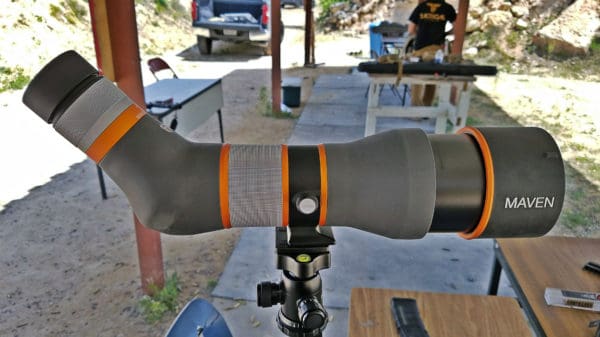




Wondering what you or your kid would say after looking thru either a Questar or Televue scope ? Lol
Looks like a solid performer… on a second note: nice things cost more.
At that price, I imagine you can purchase an Astronomy telescope that will be spectacular. And the image quality should be at least as good or better.
Note: manufacturers optimize high quality Astronomy telescopes for both image sharpness and amazing contrast. This is important because stray light bounces around inferior telescopes and makes dark areas appear much brighter than they really are, which degrades the image quality of light objects that blend into a dark background. That is also important for trying to find tiny dark spots on a bright target!
Astronomy telescopes aren’t popular for the shooting sports, hunting, etc. as they aren’t generally rugged enough. Spotting scopes like this one are expected to get knocked around, get wet, etc., and are warranted against this sort of use in the field. Though I admit that if I had a decent telescope and it could focus well at 100 yards, I’d use it on the shooting range.
The Celestron C5 and C90 MAK are excellent spotting scopes and telescopes. For long range spotting, you’ll need an 8-24mm eyepiece. That’s 52x to 156x of magnification. Not as rugged as a dedicated spotting scoped, however. Still, it’s nice to be able to holes in targets at 600 meters with no distortion whatsoever.
Looks like a fine scope, nice that it’s available customized. But as an optics review this article falls a bit short. “I looked through some others and this was the best,” is good anectdotal info, but what were the others, and how careful was the test? I did extensive research before buying a spotting scope back in 2008 and found then, as I had many times before when shopping for binoculars, that by far the most serious viewing optics reviews were on birding sites. And they were clear that the Kowa 800 series was king of the hill. That’s almost ten years ago now, so I checked again. Found this just now: http://www.optics4birding.com/reviews.aspx These people sell optics, but I have seen the same result at independent sites. I did find other non-birder sites that factored weight and preferred other scopes for hunting, but we are talking “at the range.” Just sayin’ . . ..
Sorry, it isn’t a scientific comparison between optics in this price range, it’s a mostly subjective review of one scope. I’ve used quite a few spotting scopes in the sub-$3,000 price range and I believe this one is as good as any and better than most. I’m positive there are better spotting scopes out there! I don’t mean to imply this is the best spotting scope on earth, but it might just be the best for under $2,500.
Nah…that would be the Kowa 82mm objective spotter with your choice of eye piece for way less than $2000. Classic spotter seen on firing lines all over the US for the last 30+ years.